In the horse world, it can sometimes be confusing which terms go with which genders of a horse. What do you call a girl horse? Why are there so many different words used to describe a boy horse? How is a person just getting started with horses supposed to make sense of it all? In this simple guide to describing horse genders, we’ll outline how you can tell the difference between a mare, colt, filly, stallion, and gelding.
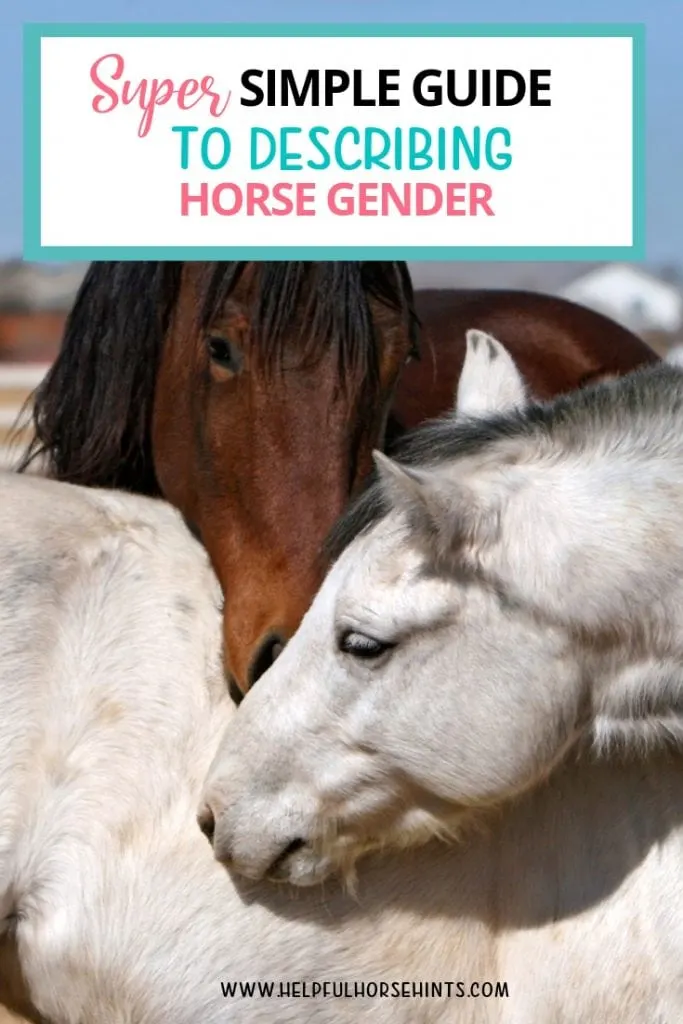
Table of Contents
What is a Female Horse Called?
An adult female horse is called a mare. Mares are typically easy to tell from geldings or stallions because they have no visible anatomical features under their belly. That is, of course, unless they are nursing or have recently nursed a foal in which case their udder may be visible.
There are two quick ways to identify if a horse is female:
- There are no male parts in the belly region.
- When a mare lifts here tail, there would be two genital openings present: the anus and the vulva.
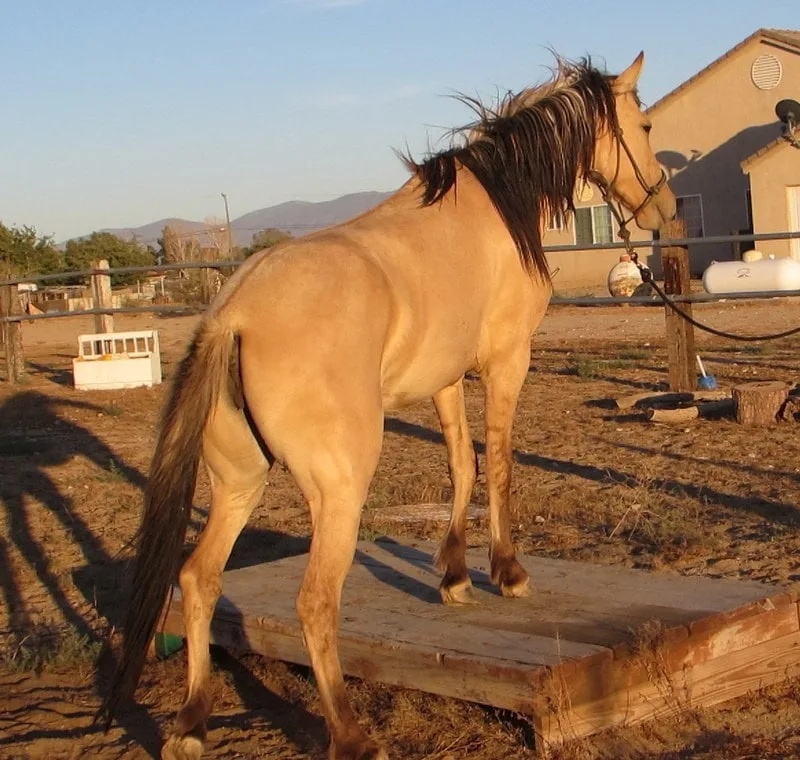
Mare vs. Filly
How do you know to call a female horse a mare or a filly? Any baby horse would be called a filly. Typically, the term “filly” is reserved for un-bred mares under the age of five years old. Once a female horse has reached five years old OR has had a baby, she is typically referred to as a mare.
Sometimes you may hear the term “Filly Foal” or “Mare Foal”. These terms can be used to describe baby horses that are female. I’ve also heard “Filly Colt” used to describe a foal.
Keep in mind that for a young foal, the term “colt” can be genderless but the term “filly” always means female.
What About Spayed Mares?
Spaying of female horses is very uncommon in the horse world. If you encounter a mare that has had the procedure, “mare” is still a proper term to use. You can also use the term “spayed mare” to describe the mares gender.
What is a Male Horse Called?
There are several terms that can be properly used for a male horse. Stallion and gelding are the most common for adult male horses. Typically, a baby horse that is male is referred to as a colt or a stud colt.
Stallion vs. Gelding
How do you know if you should call a male horse a stallion or a gelding? This all comes down to whether or not he is intact. If he has been castrated, he is now a gelding and should be called as such no matter his age.
Uncastrated adult male horses are called “Stallions”. Typically these horse are over five years of age but the term can be applied to any adult male horse that is still in tact.
The term “stud colt” typically refers to younger stallions that have not been bred yet. This term is generally used until the horse is broke to ride or enters the breeding shed. The word stud colt and stallion are typically used interchangeably on any younger, intact male horse.
A baby horse that is a male is typically referred to as a “colt”. Remember though, this term can be genderless depending on the area.
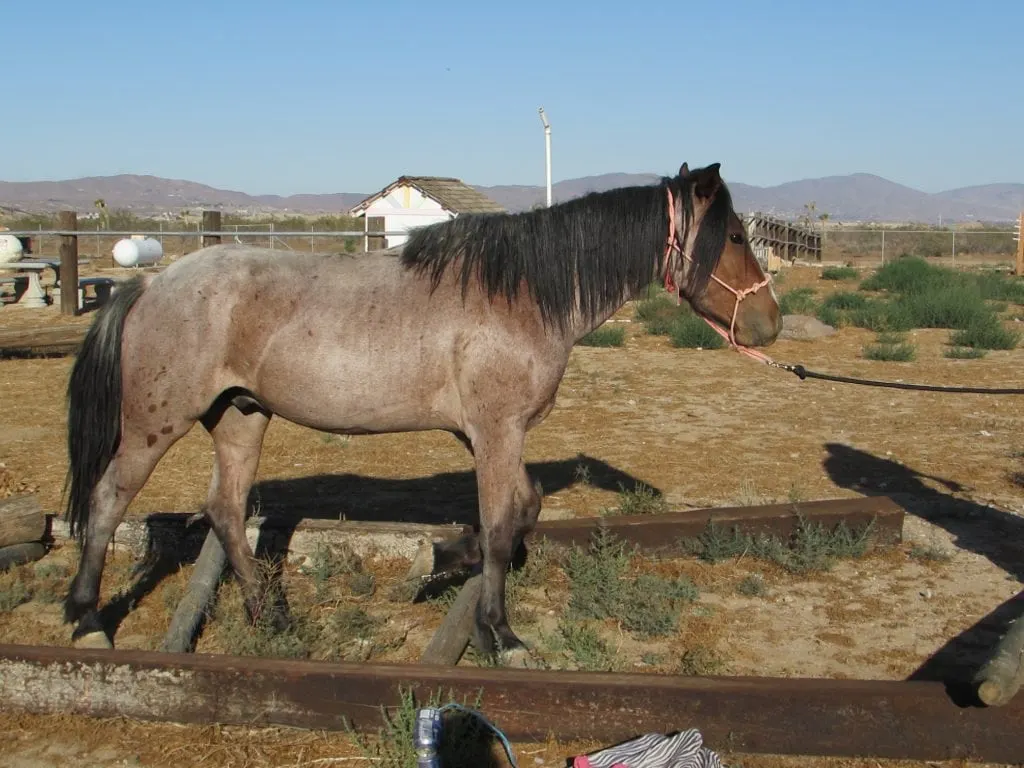
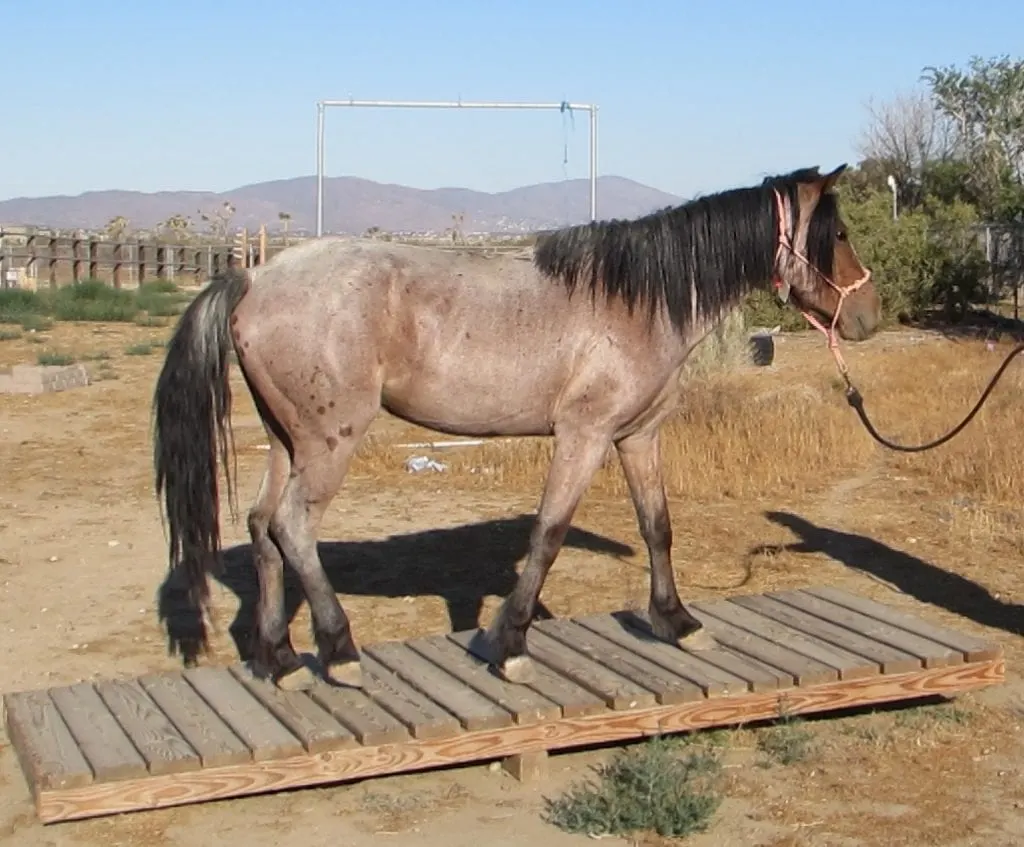
How Can You Tell a Stallion from a Gelding?
When a stallion is castrated, his testicles are removed. Typically, if you look at a male horses’ belly you will either see testicles or you won’t. If you do, the horse is still in tact. If you don’t the horse “could” be a gelding.
You see, here is where it gets tricky. With no visible testicles on an adult horse, it is reasonable to assume the horse is a gelding but…he if he exhibits otherwise stallion like behavior, he could be cryptorchid. This means that he retained one or two testicles.
Cryptorchid Horses
A cryptorchid horse is a male horse that has retained one or both testicles in his abdominal cavity. If both testicles are retained, the horse would have the outward appearance of a gelding because no testicles are visible. In either case, where one testicle or two are retained, the horse maintains his stallion-like characteristics and impulses. He can even sire foals if allowed to breed mares.
Cryptorchidism in horses is not too uncommon. Often, these horses are left as stallions because the surgery to castrate them can be very costly. Some “crypts” will require general anesthesia in a hospital setting in order to be gelded.
Typically a male horse is not considered a cryptorchid until he reaches at least two years of age. The testicles of a male horse typically drop by this age and some horses may take longer. I’ve personally had a colt that didn’t drop his testicles until two and a half. Other terms for horses with this condition include “ridgling” or “ridgeling” and “rigg” or “rig”.
Keep in mind that a cryptorchid stallion can still be fertile and sire foals. The same precautions should be taken with a cryptorchid stallion as you would take with any other intact male horse.
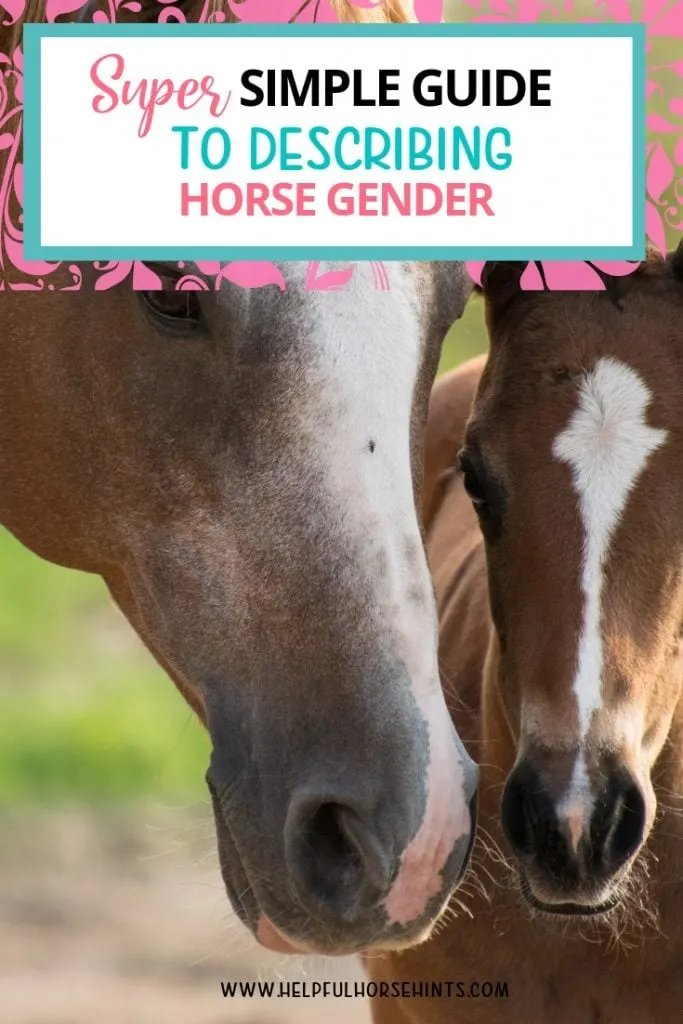
Hermaphrodite Horses
Hermaphroditism in horses does exist but it is extremely rare. I’ve seen one that looked like a mare with a disfigured vulva. “She” had stallion like behaviors and was diagnosed and “fixed” via surgery at a veterinary hospital.
This condition occurs when a horse is born with both male and female organs. It would be highly unlikely for most people to ever see a hermaphroditic horse in their lifetime. This article by Pat McCue at Colorado State University gives some details on the condition.
Conclusion
Once you get the hang of it, describing the gender of a horse is pretty easy. You just need to know where to look and what to look for! Knowing whether the horse in question is a filly, mare, colt, gelding, stallion or ridgeling will take practice. The more horses you see the better you will get at it!

